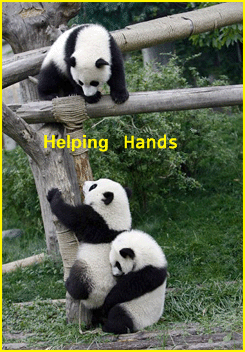 |
Choice Travel provides well-picked standard itineraries as well as tailor-made tours for groups / parties / families / individual travelers. Our set itineraries cover almost every corner so no matter where you are to travel within China we are the right contact....
|
|
 Head Office Head Office
Add: 353, Minghuxi Road,Jinan China 250012
Tel: +86-531-88558979
Fax: +86-531-58991991
 Beijing Office Beijing Office
Add: Suite 2004,Tian Chen Da Sha (Timeson Tower),12B, Chaoyangmenbei Ave.,Beijing 100020
Tel: +86 10 65512311
+86 10 65512312
Fax: +86 10 65512313
 Outbound Center Outbound Center
Add: 353, Minghuxi Road,Jinan China 250012
Tel: +86-531-58991990
+86-531-58991999
Fax: +86-531-58991991
|
|
|
|
|
|
|
\
 |
Leitai Han Tomb
Leitai Han Tomb
The Leitai Han Tomb from which the bronze sculpture of a galloping horse - a symbol of Chinese tourism was discovered in a large brick and stone tomb dating back to the late Eastern Han Dynasty(25-220). It got its name for the

Wuwei City in central Gansu once occupied a strategic position on the famous Silk Road. In 1969 a farmer discovered a tomb dating from the Han Dynasty and which has become a main tourist attraction in the city.
The tomb is situated in Leitai Park so called, as there was a Temple built to honor the Chinese god Leishen on the ten-meter high earth platform that was erected during the middle Ming Dynasty. The inscription on the tomb shows that it was constructed circa 186-219BC for an officer from Zhangye, another major town on the Silk Road. The tomb comprises three main chambers of brick construction placed one behind the other. Each room has a smaller annex on each of its sides. This has proved to be a very important find as the tomb contained some two hundred and thirty outstanding relics of gold, silver, copper and jade as well as pottery. The funerary artifacts included ninety-nine copper chariots complete with horses and soldiers.
The most important find was the Bronze Galloping Horse. Known in Chinese as ’Ma Chao Long Que’, the horse is depicted in a full gallop supported on just one foot upon the back of a bird in flight. The statuette is roughly 35 centimeters high and 45 centimeters long, weighing 7 kilograms. The artist is unknown but the vitality and exquisite modeling of the piece has meant that it has been adopted as a symbol for Chinese tourism. The horse may be seen in the Gansu Provincial History Museum.
|
|


